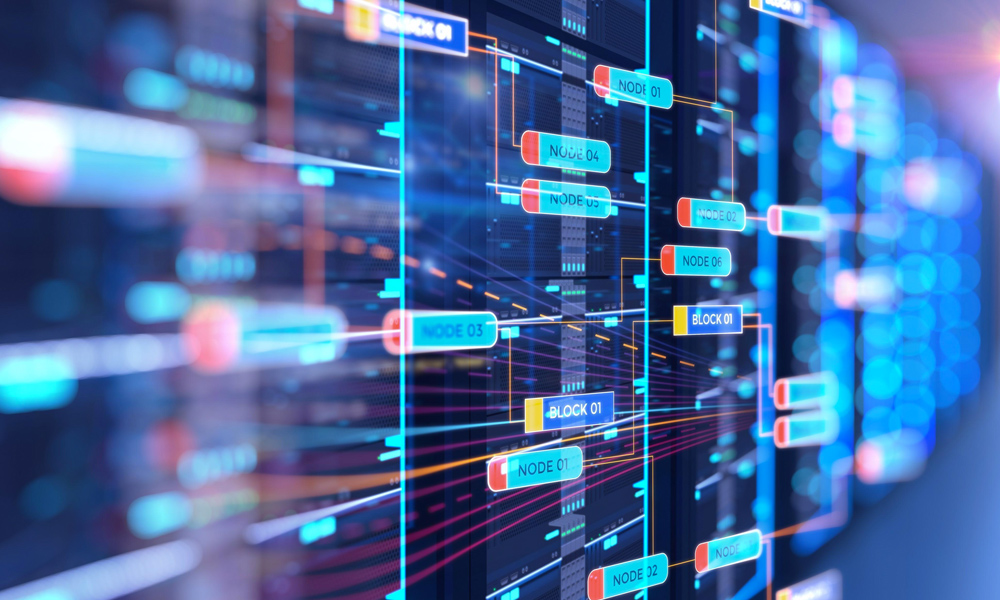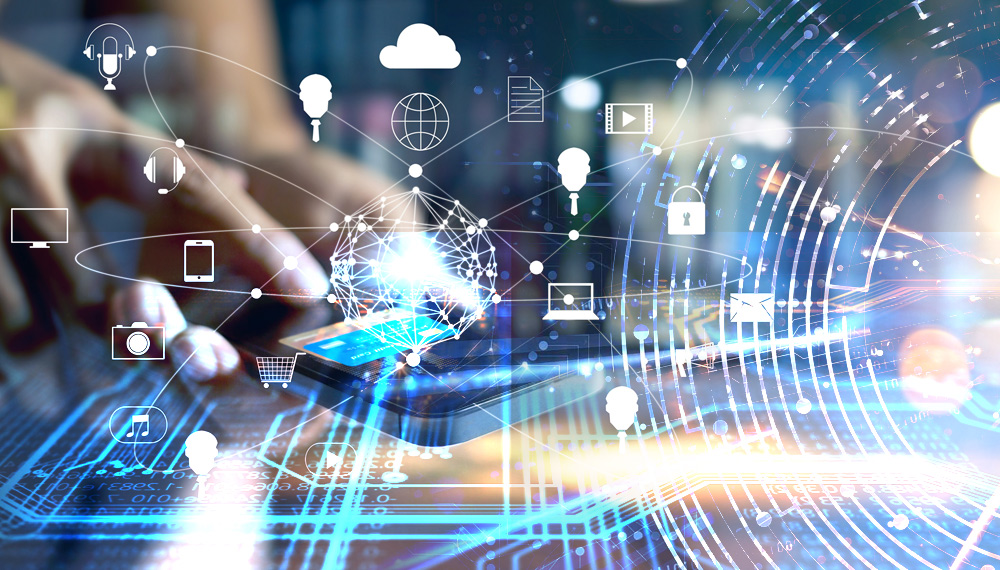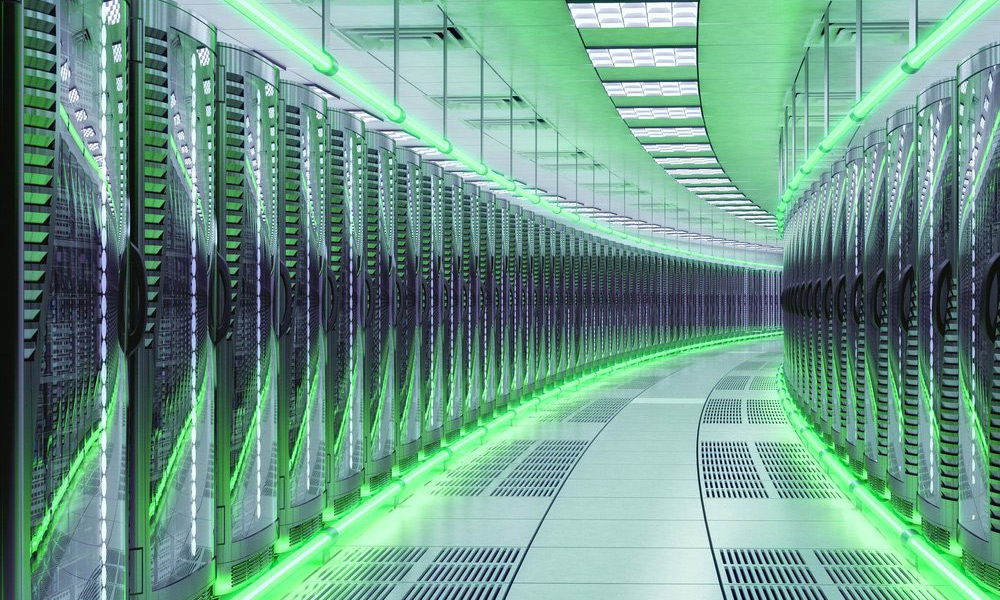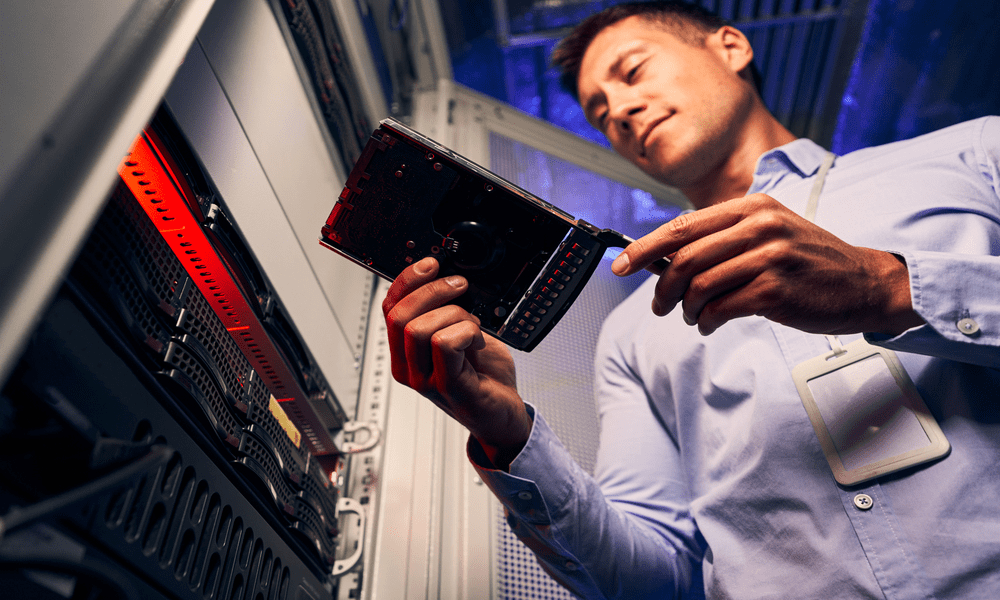The Future of Data Center: Decarbonization and Sustainability

Climate change has turned into one of the biggest threats modern humans are facing, and its consequences have been very real — drought, storms, heat waves, rising sea levels, melting glaciers, warming oceans, etc., threatening global peace and stability. António Guterres, the Secretary-General of the United Nations, recently restated one thing that the world has agreed on for years: climate change can only be dealt with by unparalleled levels of global cooperation.
This collective awareness is embodied in The 2015 Paris Agreement, an international treaty on climate change. In response to the agreement, various world’s governments and business leaders have set targets and made commitments to reduce global carbon dioxide emissions. Companies across all industries have publicly declared their intention to become carbon neutral by 2050 through a number of decarbonization efforts.
Today’s ICT companies and data center owners are also actively participating in the attempt, and it’s only right due to their massive carbon dioxide contribution. Data centers emit around 200 million metric tons of carbon dioxide in a year, and this makes decarbonization in the industry a dire necessity. Let’s take a look at what decarbonization really is and how it will be the future of data centers.
What is decarbonization?
Decarbonization refers to the action of reducing CO2 emissions resulting from activities that require burning fossil fuels. CO2 makes up the majority of greenhouse gases and is the product of transport, power generation, and heating application, so reducing it is essential to meet global temperature standards set by the Paris Agreement with the goal of limiting global warming and ensuring the planet’s sustainability.
Generally, decarbonization involves exploring low-carbon power generation and reducing the use of fossil fuels. It can also include utilizing renewable energy sources and cleaner technologies. Data centers can contribute to decarbonization by addressing three key areas.
Heat Management for Less Energy Use
One area to address is reducing the amount of energy that data center facilities use. Data centers can use about 40% of their energy to keep their servers cool. Some popular solutions to this involve technological and architectural approaches. Two most popular approaches are passive cooling, which ensures hot and chilled air don’t mix, and immersion cooling, where servers are immersed in a non-conductive liquid, allowing heat to be transferred directly from components into the fluid. Many data centers are also using AI for a more efficient and effective cooling system. Another vital method is to transfer the heat and use it for other useful things, such as heating nearby homes or public facilities. For example, the heat from an IBM data center in Switzerland is used to warm a nearby swimming pool.
Green Power Supply
Many data centers in the world still use coal, which is fossil fuels. Therefore, the next step is to clean up the power used by data centers, opting for greener sources such as wind or solar power. More environmentally-aware tech companies and data center providers have already been regular buyers of clean power, mainly from wind and solar farms. For instance, in 2019, Google purchased a 1,6 GW, 2 billion USD renewable energy package of deals which was equivalent to putting solar panels on 1 million houses and the biggest corporate purchase of renewable energy at that time. Another option is to use tidal power, which offers completely reliable power, predictable centuries in advance.
Clean Energy Storage and Back-Up
Uninterruptible power is crucial for data centers, and to ensure this, most data centers use diesel back-up generators. This needs to change. Flow batteries, a newer type of rechargeable battery and a more effective option, are expected to become commercially available by 2023. Compared to conventional rechargeable batteries, flow batteries have more technical advantages, such as potentially separable liquid tanks and near unlimited longevity. Hydrogen is also seen as one of the keys to the next stage of decarbonization due to its ability to power vehicles and heavy equipment, heat homes and businesses, and be produced using surplus renewable energy and carbon emissions from industrial facilities.
The world’s leading technology companies, such as Microsoft and Apple, have long switched to clean energy to power their data centers and have pledged to become carbon negative. Top data center companies in Indonesia are also taking part in the active movement. neuCentrIX, for example, implements an energy efficient and sustainable approach in its Hyperscale Data Center by partly utilizing solar panels to power the public areas and offices. As people often say, even small efforts can make a big difference.

















